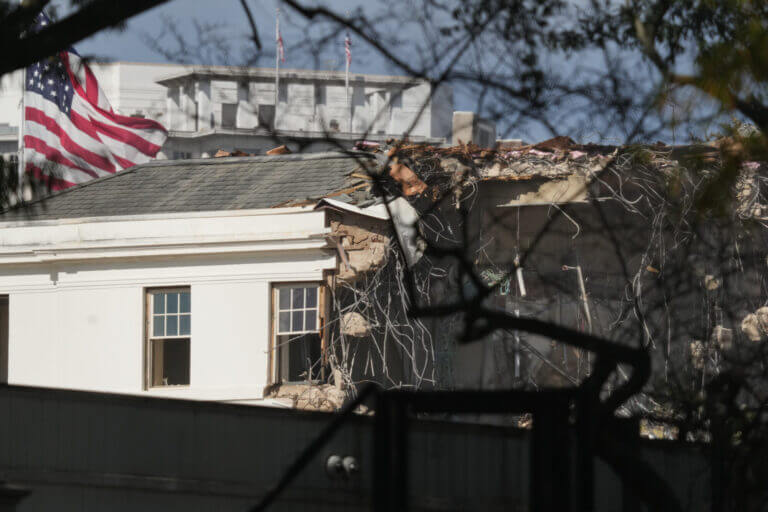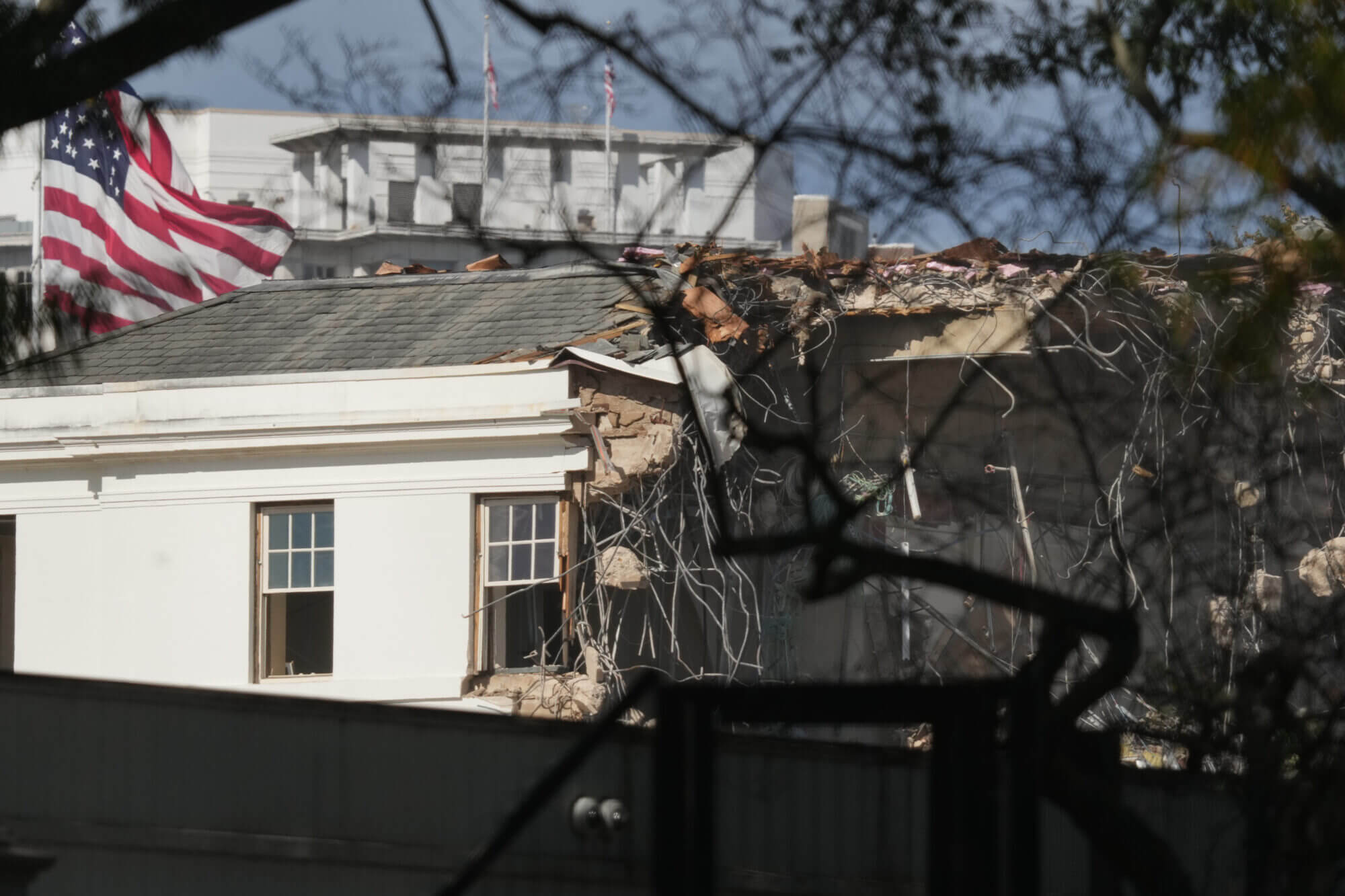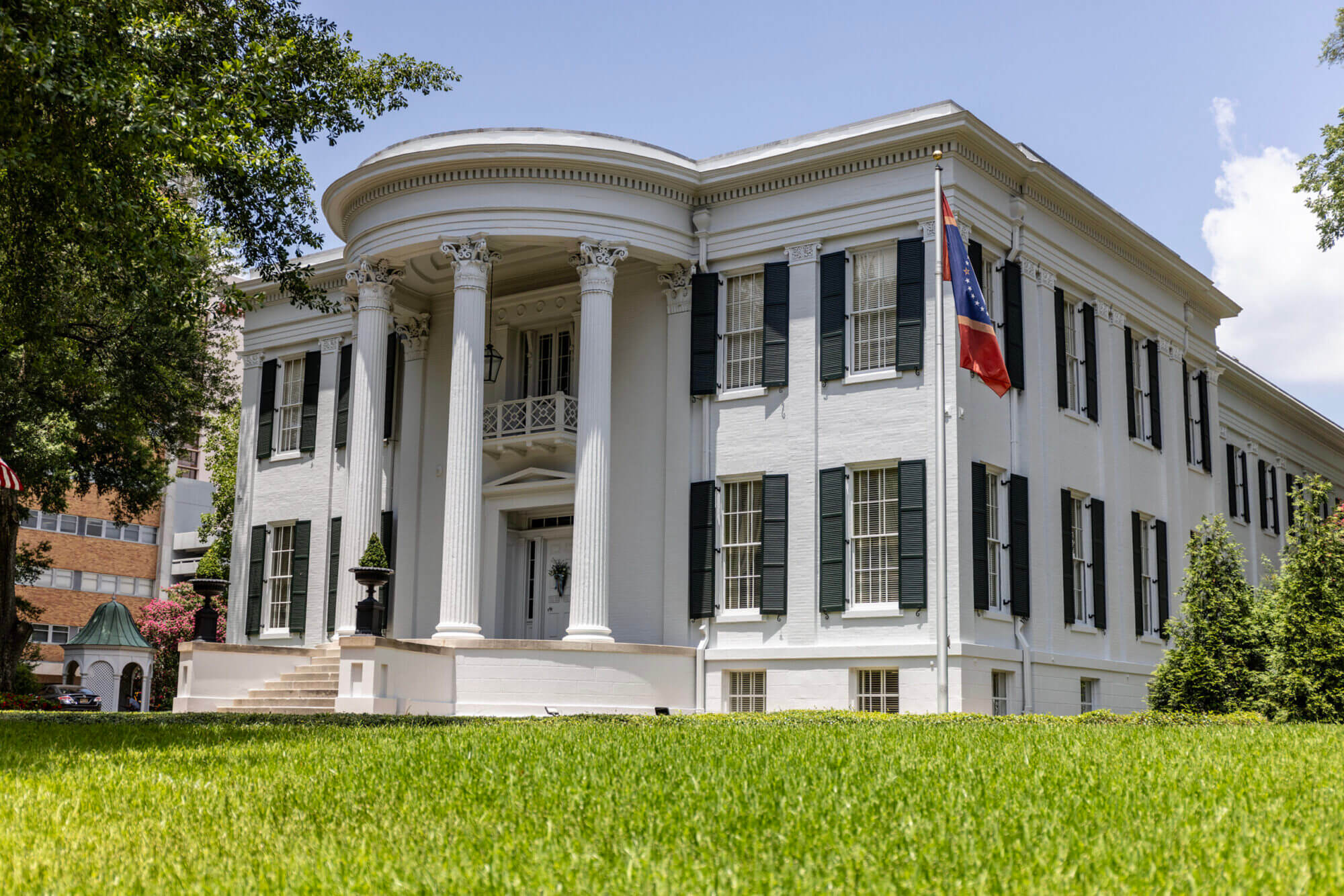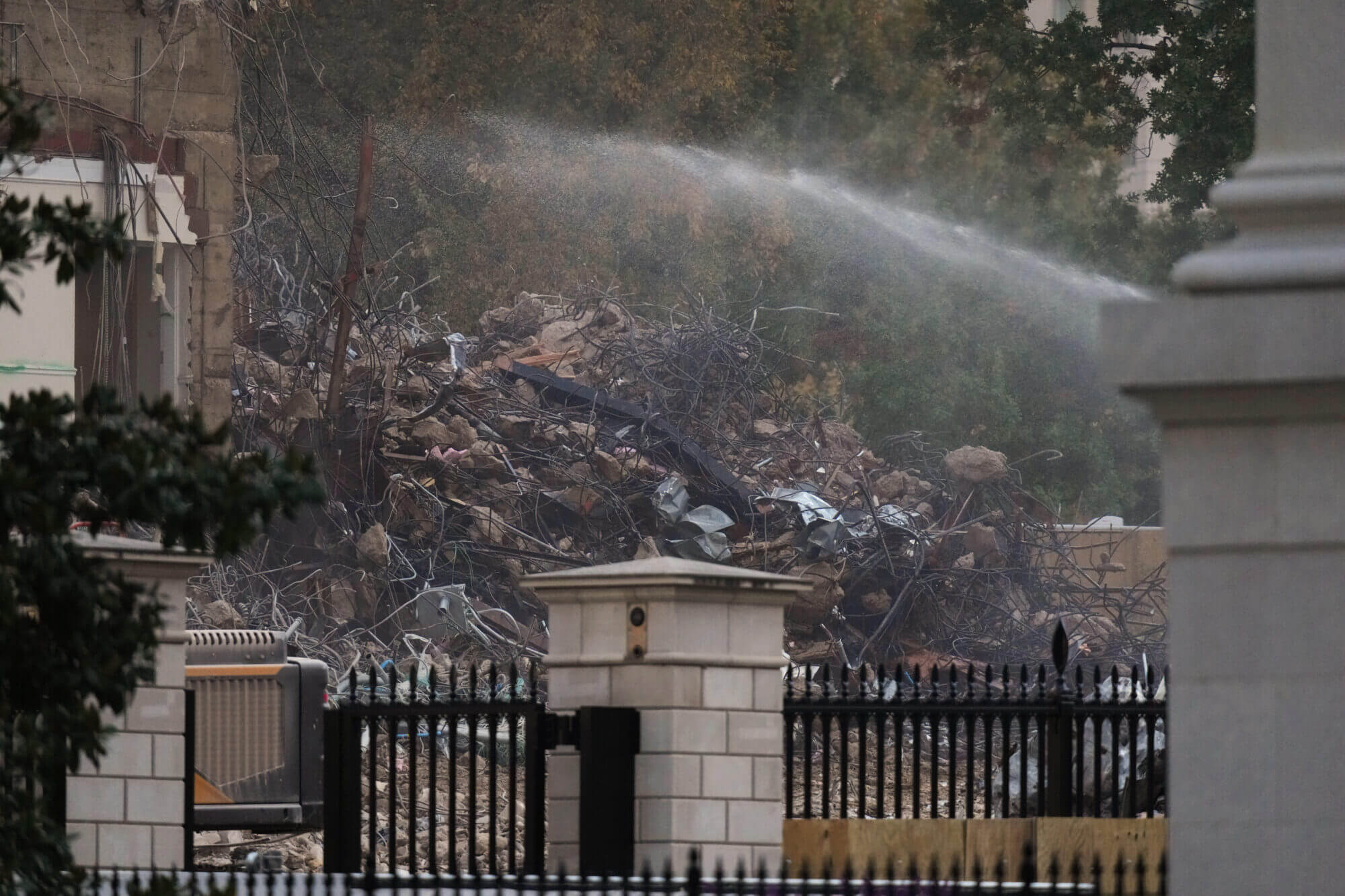

More protections are provided to the Mississippi Governor’s Mansion than to the White House based on events unfolding in the nation’s capital.
While President Donald Trump is demolishing the East Wing of the White House and no one is stopping him, there is a state law that prevents Mississippi Gov. Tate Reeves from acting on his own to make major changes to the Governor’s Mansion. And to be clear, Gov. Reeves is not planning any major renovations to Mississippi’s version of the White House, though he does attempt to emulate President Trump.
This past week work began to remove, according to news reports, the entire East Wing of the White House – arguably the nation’s most recognizable building – to prepare for the construction of President Trump’s one big beautiful ballroom.
Who knew in America one person could tear down a portion of what we fondly called the people’s house and construct a massive structure that based on drawings will dwarf the original building and overwhelm the iconic White House grounds? For comparison, the original White House, situated on 18 acres, is 55,000 square feet while it is anticipated the ballroom will be 90,000 square feet.
Based on state law, one person cannot undertake similar activities to public buildings in Mississippi.

The guidelines established by the long-standing Antiquities Law of Mississippi govern work of many historic buildings in the state, including the Governor’s Mansion and the Capitol.
Under the law, any action involving “excavation, property transfer, excavation or ground disturbing activities of any nature, demolition or significant alteration” of a building or property designated as a Mississippi Landmark must be approved by the Department of Archives and History Board of Trustees. Mississippi landmarks could be state or local public buildings, including those found at education entities.
Granted, nearly every president makes changes to the White House. For instance, former President Barack Obama incorporated a basketball goal into the tennis court. And his wife, Michelle, had the nerve to add an organic vegetable garden.
Before Trump was inaugurated for his first term, conservative personality Ann Coulter posted on social media, “I respectfully suggest a new name for Michelle’s White House vegetable garden: ‘Putting green.’”
Trump already has made significant modifications to the White House, replacing one of its most legendary features – the Rose Garden – with a concrete patio. And he has incorporated enough gold features in the Oval Office to make envious Tony Montana, the drug-dealing kingpin in the movie “Scarface.”
Various groups, including the congressionally created National Trust for Historic Preservation and the Society of Architectural Historians, have urged a delay on the ballroom construction to gather more information and to allow input.
Who has been silent on the issue are congressional Republicans, including Mississippi U.S. Sens. Roger Wicker and Cindy Hyde-Smith who previously served in the state Legislature where the Mississippi Antiquities Law was created. And Wicker was a vocal supporter of the designation of the Jackson home of civil rights leaders Medgar and Myrlie Evers as a national monument under the supervision of the National Park Service.
The National Capitol Planning Commission does have some authority over changes made to the White House. But Will Scharf, a Trump appointee and chair of the commission, said the president can do demolition at the White House on his own.

“Demolition and site preparation work can certainly occur, but if you’re talking about actually building anything, then, yeah, it should go through our approval process,” he said during an early September meeting, according to The Associated Press.
So, what does that mean? How much of the White House can the president demolish on his own?
Scharf said there is nothing to worry about.
”Given the president’s history as a builder, and given the plans that we’ve seen publicly I think this will be a tremendous addition to the White House complex, a sorely needed addition,” he said.
Reports have said the ballroom will cost $250 million or more and private funds will be raised to pay for the structure.
Little else is known. If the funds are not raised, will Trump turn to Congress for taxpayer money to complete the project?
Or will he depend on Mexico to pay for it just as he said Mexico would pay for a border wall?
Incidentally, Trump is seeking money from American taxpayers to compensate himself for criminal investigations he has been subject to. He is asking for $230 million – almost enough to pay for one big beautiful ballroom.
- Health care executive: Jackson Medical Mall reproductive health clinic aims to strengthen community - December 9, 2025
- Maddox Foundation increases support for Mississippi Today with matching grant - December 9, 2025
- Financial shortfall may cost Canton school its charter - December 8, 2025